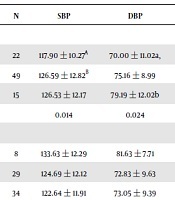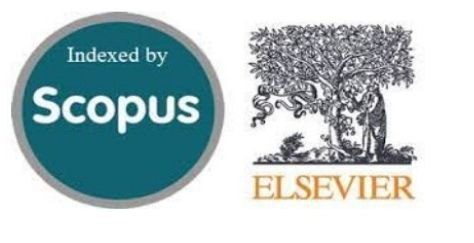Incidence of Cardiovascular Disease Risk Factors Among Football Players in Ashanti Region of Ghana
Keywords:
Cardiovascular Disease, Blood Pressure, Fasting Plasma Glucose, Lipid Profiles, Football PlayersAbstract
Background: Sporting activity promotes healthy living, increases health benefits, mitigates some chronic disease conditions and prevents premature death. Cardiovascular disease risks during sports activities and exercises are low but in some instances of undiagnosed pathological cardiac conditions, players could be at the risk of tragic cardiovascular events. Objectives: The aim of the study was to determine the prevalence of high blood pressure, abnormal fasting blood sugar and lipid profiles, as probable cardiovascular disease risk factors among male soccer players. Methods: A cross-sectional study was used and 86 football players of the premier, 1st and 2nd divisions’ teams were used for the study. The blood pressure and biochemical markers such as fasting blood glucose and lipid profiles of the players were assessed. Results: Out of the 86 players, 8 (9.3%) were goalkeepers, 29 (33.7%) were defenders, 34 (39.5%) were midfielders, while 15 (17.4%) were strikers. The prevalence of hypertension and diabetes among the study population were 9.3% each. The most prevalent abnormality was reduced high density lipoprotein (38.4%), followed by hypercholesterolemia (27.9%) and (7.0%) high low density lipoprotein respectively. Conclusions: The incidence of high blood pressure, high blood glucose, reduced high density lipoprotein and hypercholesterolemia observed in the study indicate that the players are at increased risks of cardiovascular diseases.
Downloads








